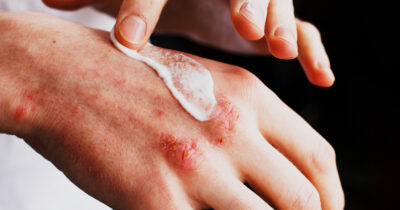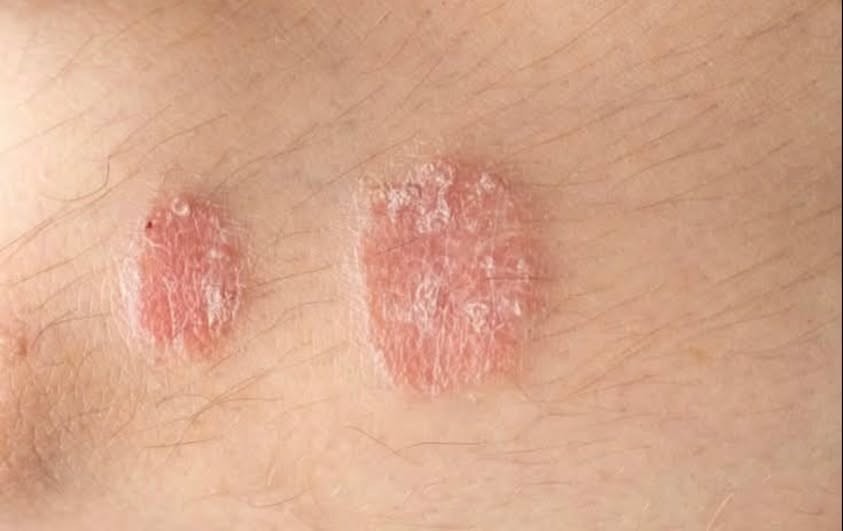There are five types of psoriasis, each with unique characteristics:
- Plaque Psoriasis: The most common type, with raised, itchy patches covered in silvery scales, often on elbows, knees, and scalp.
- Guttate Psoriasis: Small, teardrop-shaped spots that appear after infections like strep throat, mostly on the torso and limbs.
- Inverse Psoriasis: Appears as smooth, shiny, red patches in skin folds, worsened by friction or sweating. It can be triggered by fungal infections.
- Pustular Psoriasis: Characterized by white pustules surrounded by red skin, often accompanied by fever or chills. It can be localized or widespread and needs medical attention.
- Erythrodermic Psoriasis: The rarest and most severe type, causing widespread redness, scaling, and shedding of skin. It can be life-threatening and requires immediate medical care.

Psoriasis can also affect nails, causing thickening, discoloration, or detachment, which may indicate psoriatic arthritis. If you notice symptoms, consult a dermatologist for proper care.
Share your experience with psoriasis and help others learn how to manage it.

